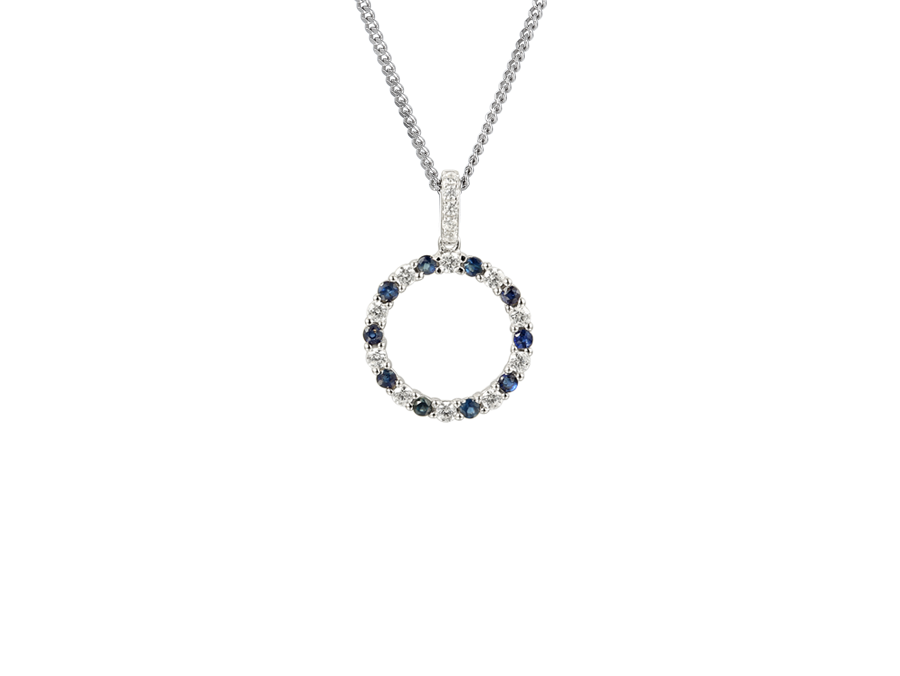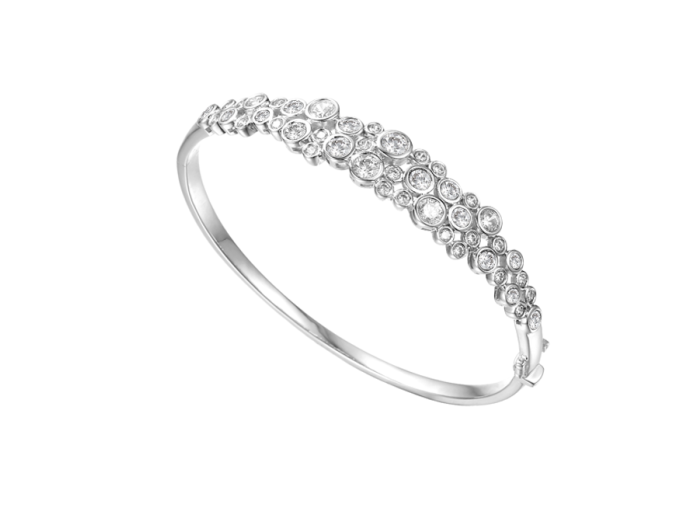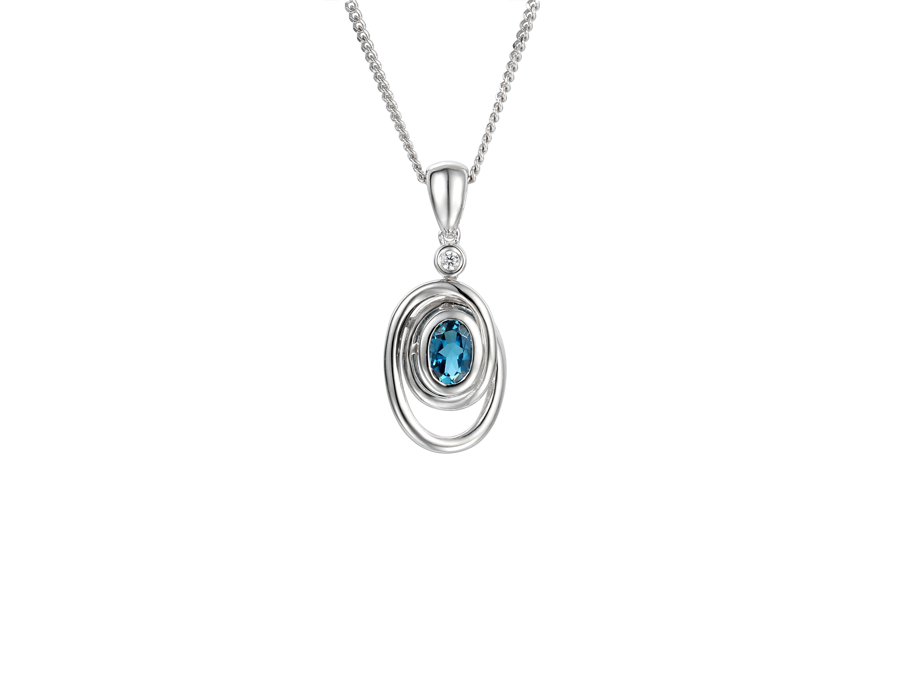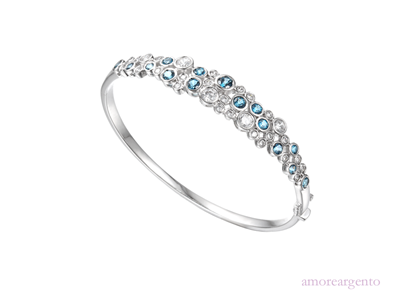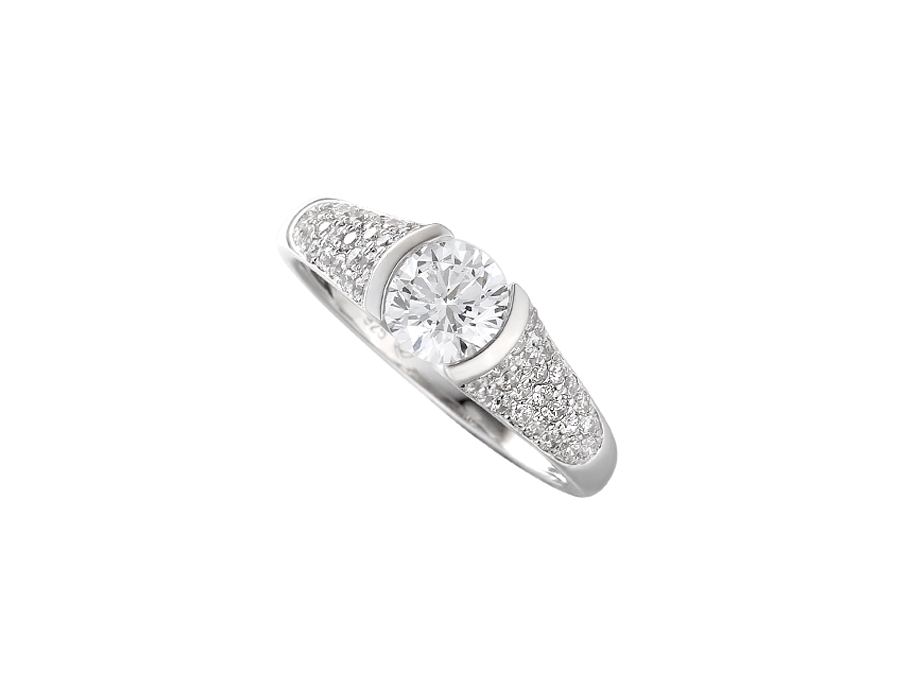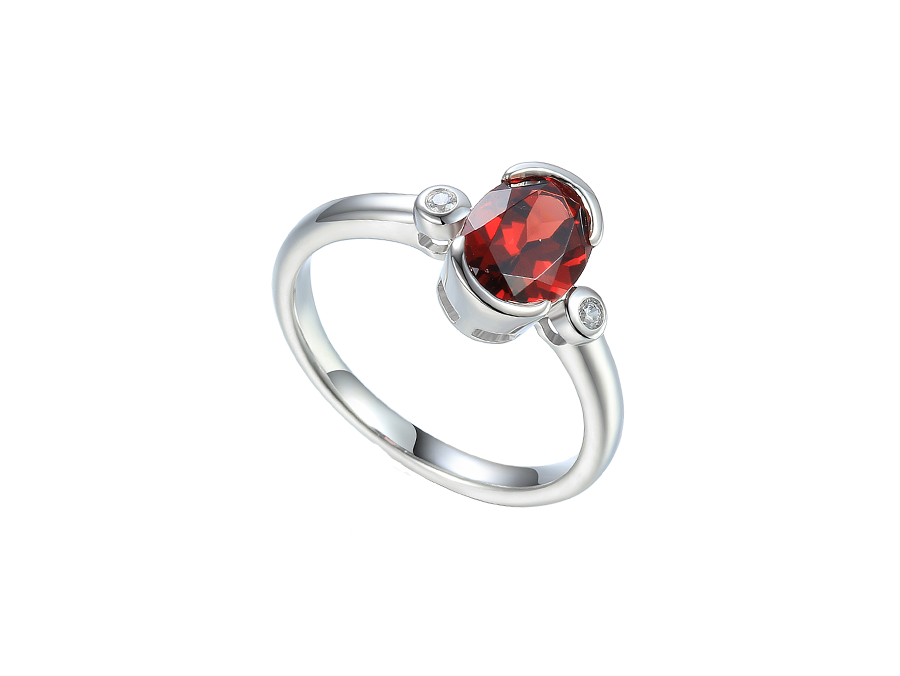We use cookies to make your experience better. To comply with the new e-Privacy directive, we need to ask for your consent to set the cookies. Learn more.
Precious Pearls
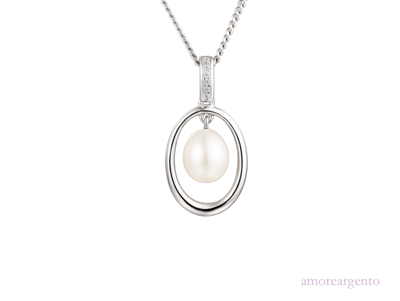
Pearls are a unique gem – rather than being formed by subterranean forces over a long period of time, pearls are made by sea creatures like oysters, mussels and clams. The process takes less time too with pearls formed over a number of years rather than millennia. Pearls are made by sea creatures as a defence mechanism. When an irritant gets inside the shell the organism lays down a layer of fluid called nacre, which hardens and forms the pearl to stop the foreign body damaging the animal. As the organism continues to create nacre the pearl grows and grows. This is why natural pearls can be all sorts of shapes and sizes, while cultured pearls are uniform in shape because they are created with a lot of control over the process.
It is very rare to find a natural pearl, the odds being around 1 in 10,000 to find any sort of pearl in an oyster. Finding one good and large enough to use for jewellery is much less probable, which makes the discovery of an 8.8mm pearl in a restaurant dish even more remarkable. The rare event happened in the Lobster House eatery in Cape May, New Jersey earlier this year. Maria and Michael Spressler had been going to the restaurant for 34 years, and had ordered their favourite clam starter as usual. When Mr Spressler picked up the last clam he thought it felt a little heavier than normal and was pleasantly surprised to find a pearl inside when he opened it.
Restaurant staff were shocked by the discovery, but it was a great occurrence to mark the 100 year anniversary of the eatery, as well as the 34th anniversary of the couple's first trip to the Lobster House. While the couple have yet to have the pearl valued, it could be worth thousands and they plan to have it set into a piece of jewellery. The value of pearls depends on the density, with salt water pearls being more dense and more valuable compared to the softer freshwater variety. Freshwater pearls can grow at around 5mm per year, while saltwater pearls can grow as little as 0.03mm per year. To get to the 8.8mm size of the Spressler's pearl it could have taken between 5 and 300 years to form.
The pearls used in jewellery are cultured: that is to say they are seeded by hand and harvested after two or three years depending on the size desired. Freshwater pearls are softer and less expensive than salt water pearls, but they grow much more quickly. The process of seeding and growing pearls dates back to the 1890s when Japan was experiencing a massive growth in overseas trade. Pearls were being searched for and harvested to the point of extinction, so Kokichi Mikimoto decided to devise a way of growing pearls reliably and sustainably. In 1893 the process was proven to work and was named after its creator – the same technique is used today. Seeding and growing pearls doesn't harm the animal that makes them, as it is a natural process for these creatures to go through.
The freshwater pearls in our jewellery are responsibly sourced and graded to ensure they are of the highest quality. We use the best cultured pearls which have a natural lustre and sheen and the look of a natural pearl without the ecological disturbance caused by foraging for pearls in the wild seas. Because we use cultured pearls we can be sure of the quality and the size, which is why a pair of our pearl earrings is an exact pair. It is almost impossible to get a matching pair of natural pearls for earrings, so using cultured ones is the best way.
Our pearl jewellery is ideal for bridal wear, but also for everyday and special occasions. From a simple pair of pearls studs that look great at the office, to a dazzling pearl ring for a sophisticated night out and our gorgeous pearl Brides bracelet we have pearl jewellery for all ages and styles.
September 28, 2023
|
View: 1083
|
Categories: Jewellery, History of Jewellery, Pearl Jewellery
| Tags: <a class="mp-info" href="https://www.amoreargento.co.uk/blog/tag/pearls.html">Pearls</a>
|
By: <a class="mp-info" href="https://www.amoreargento.co.uk/blog/author/admin.html">Admin</a>








